Visions of the Future of Human Spaceflight
The Here and Now
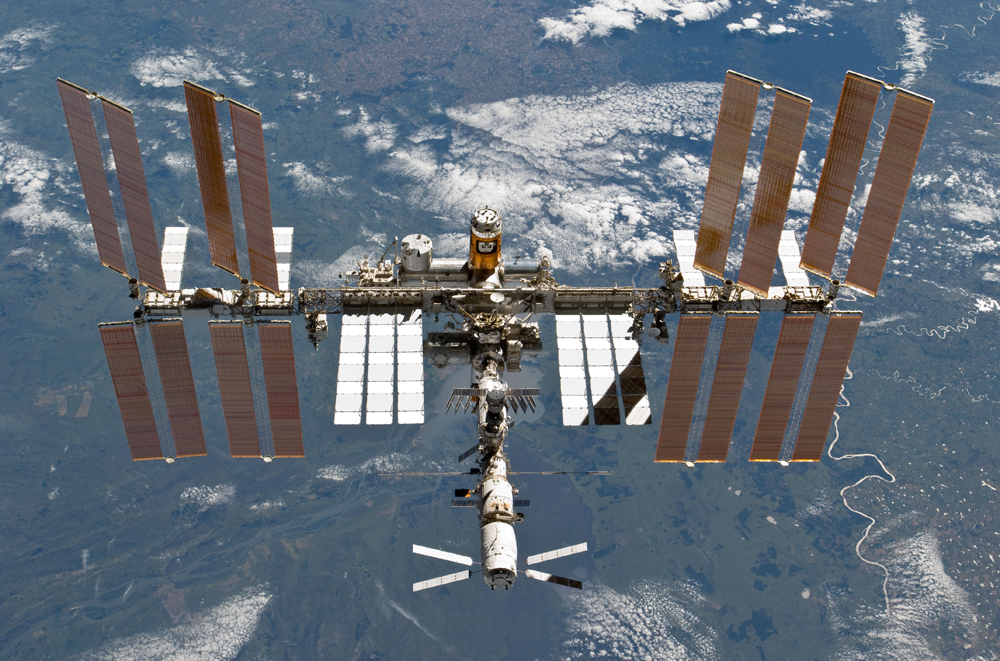
Fifty years after the former Soviet Union launched Sputnik on Oct. 4, 1957, a spirit of cooperation has led to the International Space Station and a renewed effort to explore the moon. Shown here in its current state as of Summer 2007, the half-built station is the product of more than 16 nations, including the U.S., Russia, Canada, Japan, Brazil and the member states of the European Space Agency.
Orbital Toehold Complete
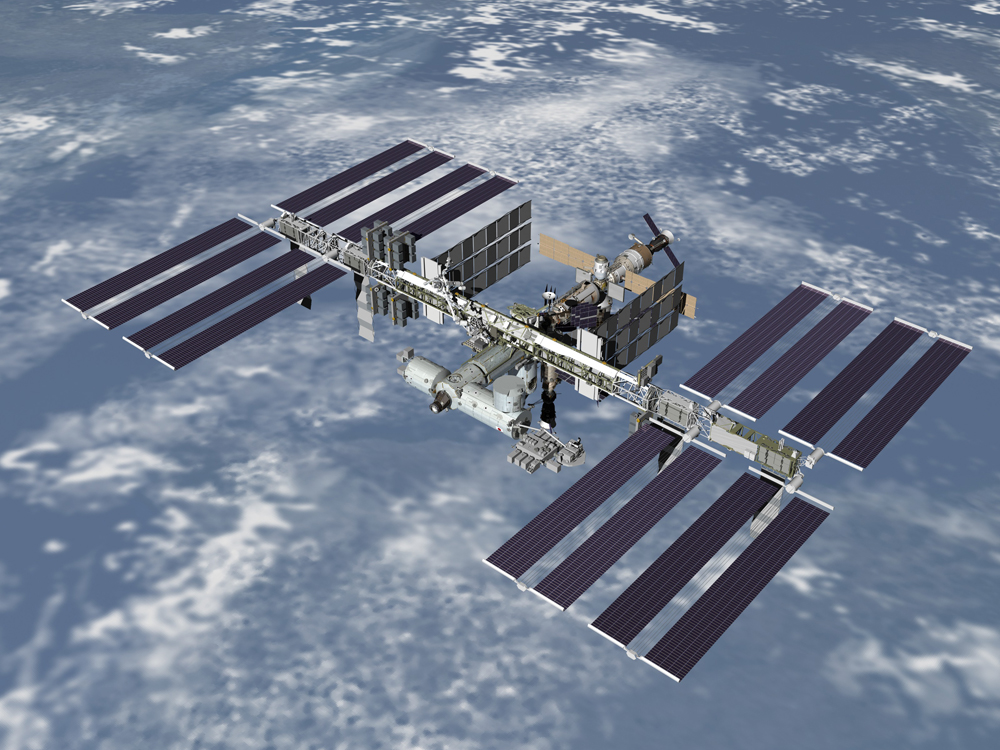
This computer-generated rendering shows the International Space Station in its final configuration once NASA's space shuttle fleet retires in September 2010. When completed, the space station will rival a U.S. football field in length, span the width of two football fields side by side, and house six astronauts and several international laboratories to push the frontiers of human and space science.
NASA's Workhorse Retires
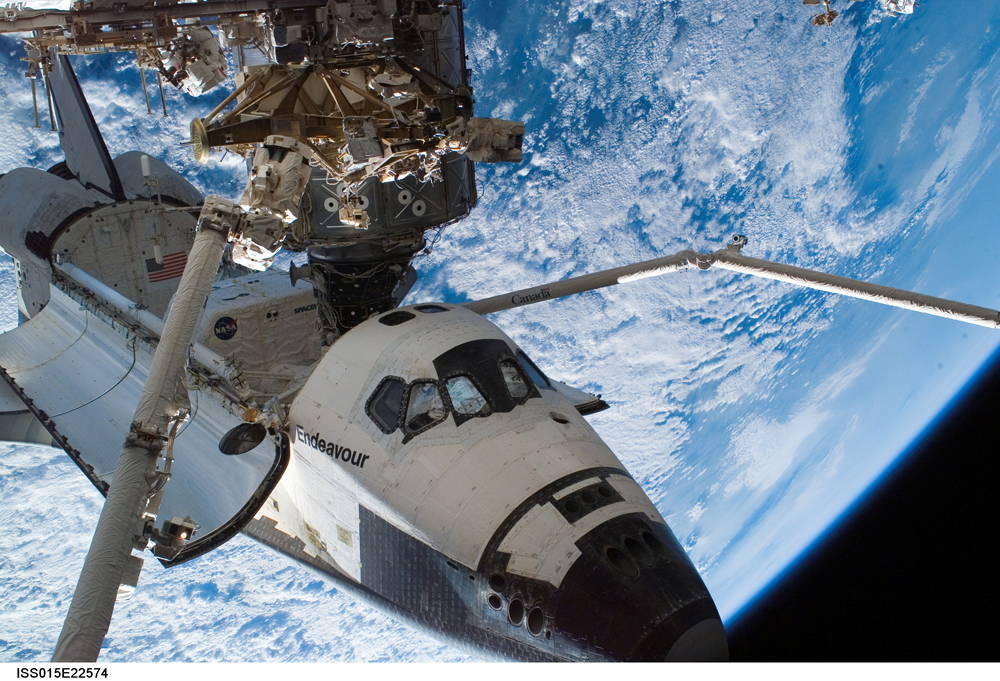
In 2011, the last of NASA's three remaining space shuttles is scheduled to retire 29 years after the first flight of Columbia on April 12, 1981. Here, the shuttle Endeavour is docked at the ISS in August 2007. The 100-ton shuttles were the world's first reusable space planes and will have flown up to 133 successful missions marred by two fatal disasters — the loss of Challenger in 1986 and the Columbia in 2003.
Orion: NASA's New Spaceship
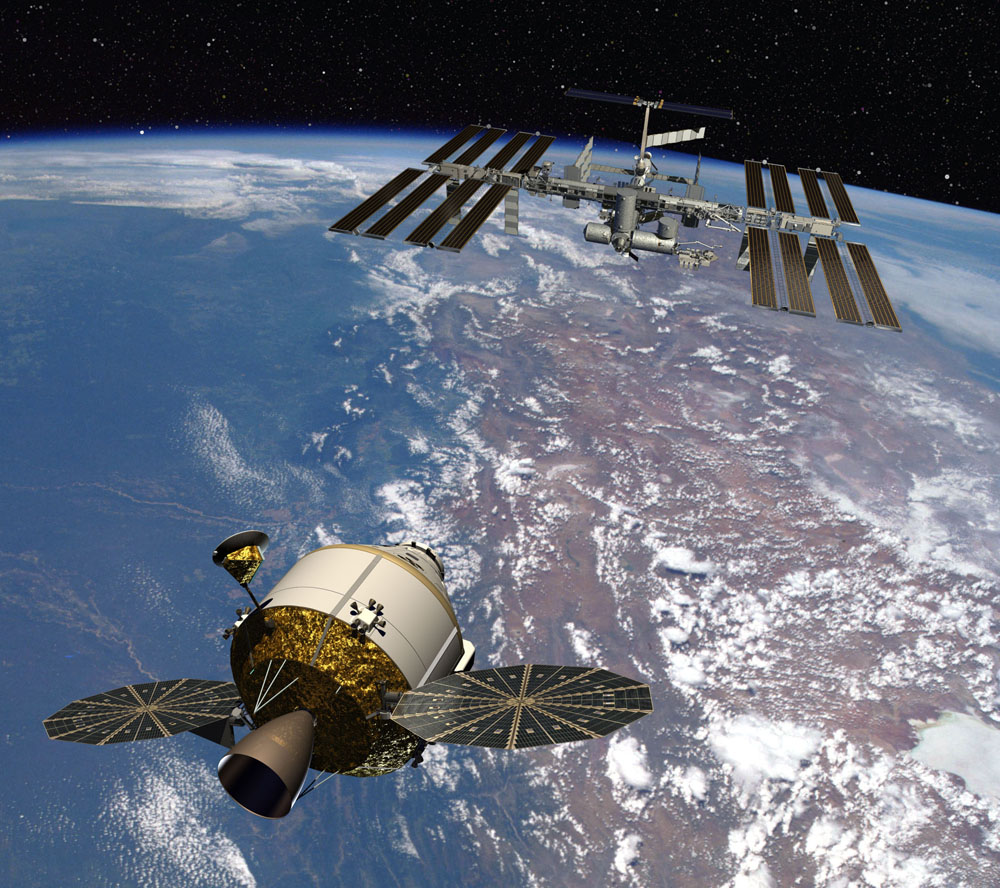
With NASA's space shuttle fleet due to retire, the agency is depending on private and Russian spacecraft for International Space Station flights. But the U.S. agency also plans a new capsule-based spaceship — the Orion Crew Exploration Vehicle — to serve as a space station lifeboat and, possibly, as the core of future deep space vehicles.
Private Space Tugs on the Way
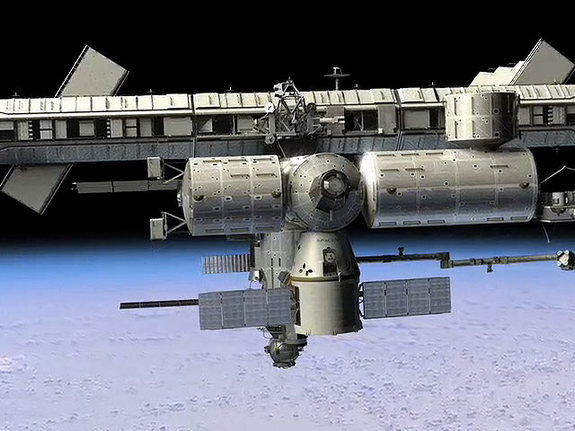
NASA's Orion, Russia's Soyuz and Progress, and the European Space Agency's ATV cargo ship aren't the only space tugs under development. Private companies, some competing for NASA contracts, are building their own spaceships to haul freight into orbit. Here, California-based SpaceX's Dragon capsule is docked at the International Space Station in an artist's rendering.
Commercial Space Stations
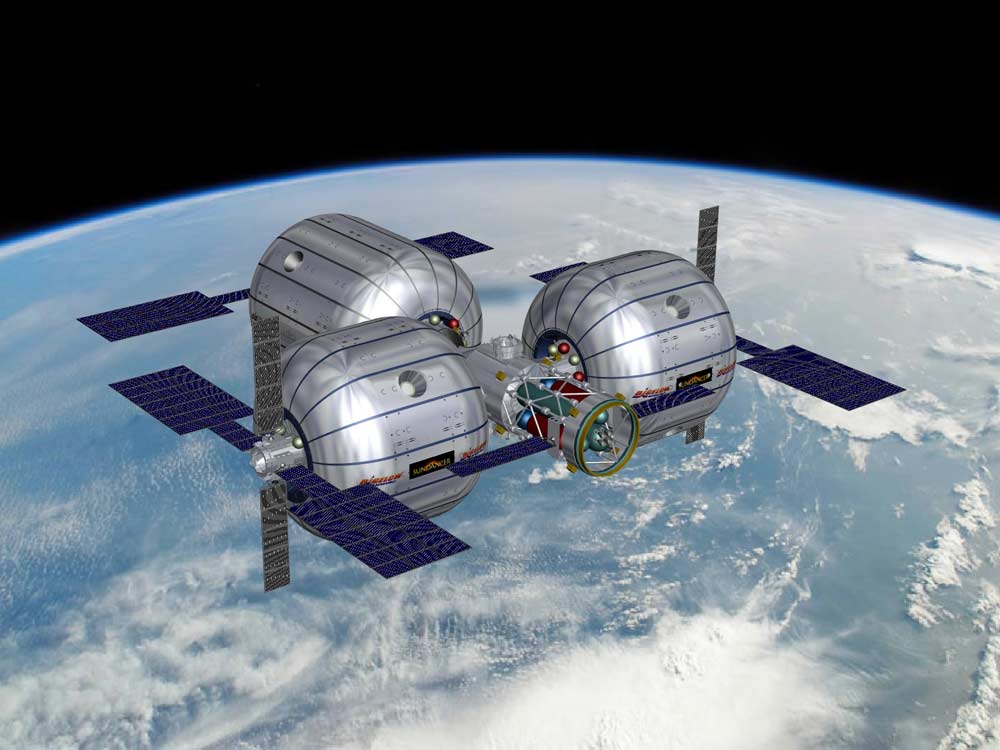
Despite being a feat of engineering and research, the International Space Station's days are numbered, with some estimates aiming between 2014 to 2020 for its end of operations. But Bigelow Aerospace of Las Vegas, Nev., hopes to build new inflatable space stations like that shown above for commercial uses ranging from tourism to research and other fields.
Instant Moonbases
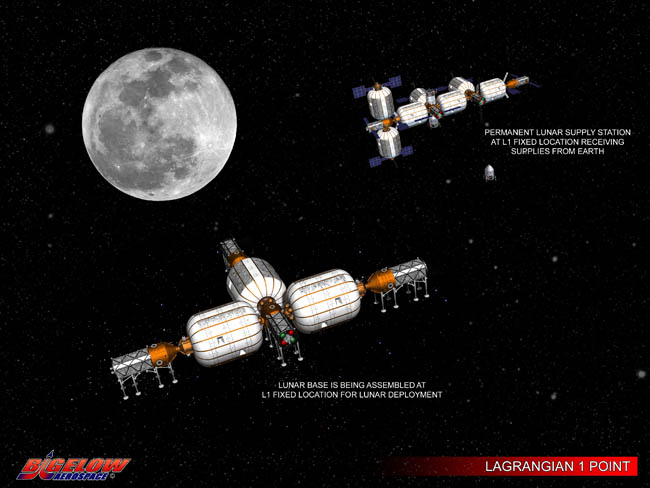
Bigelow Aerospace engineers see an instant moon base by using a cluster of expandable modules that are piloted to the moon's surface.
Get the Space.com Newsletter
Breaking space news, the latest updates on rocket launches, skywatching events and more!
Operation 'Plymouth Rock': Astronauts on an Asteroid
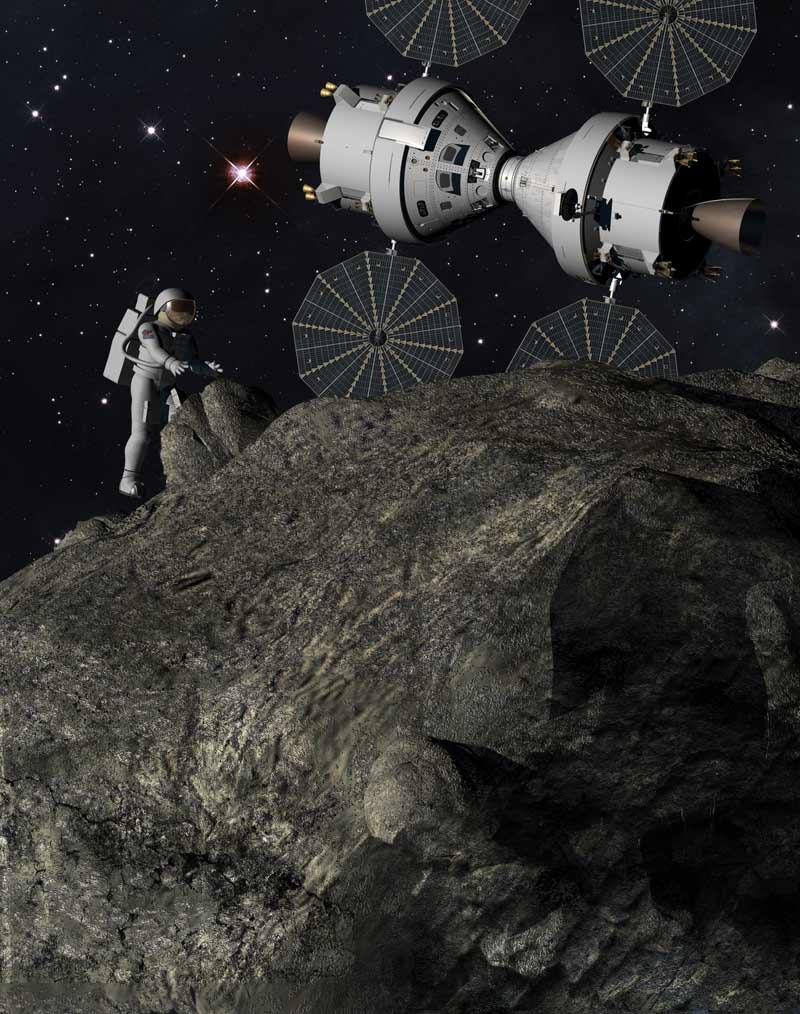
This artist's illustration depicts a 'Plymouth Rock' asteroid mission with astronauts and NASA's Orion spacecraft as envisioned by Lockheed Martin.
Up Next, the Moon?
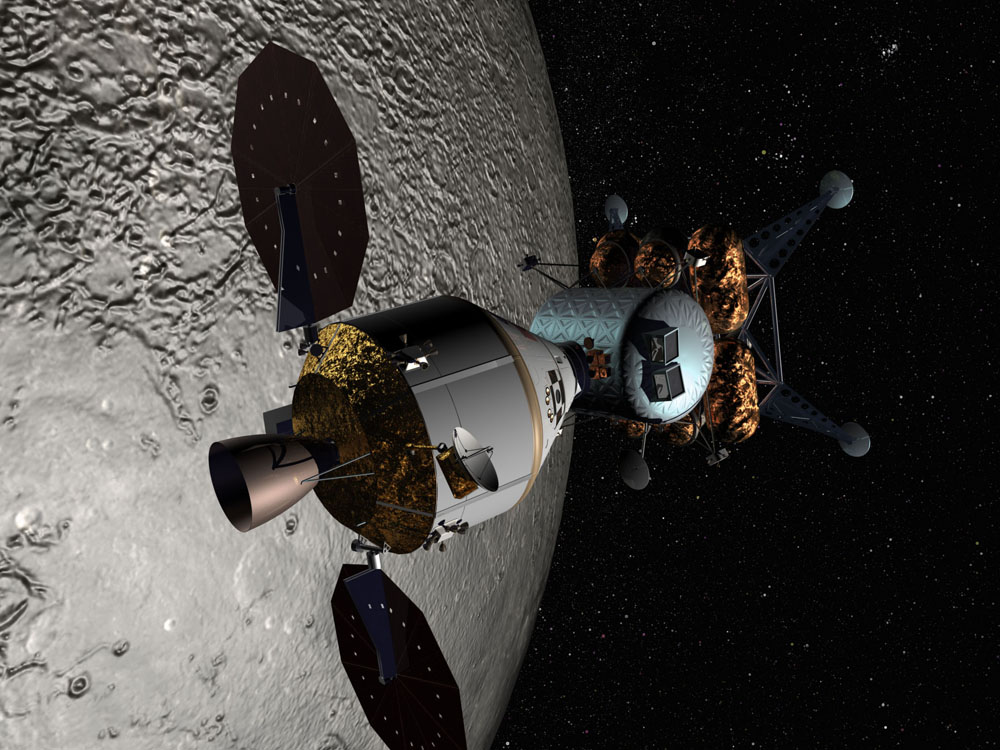
NASA's scrapped Constellation program hoped to forge an international effort to return astronauts to the moon by 2020. While the program itself was canceled, some technologies may survive in new incarnations for future moonbases or other space exploration vehicles. Here, an artist imagines a NASA Orion capsule and an Altair lunar lander - part of Constellation - arriving at the moon.
China in Space
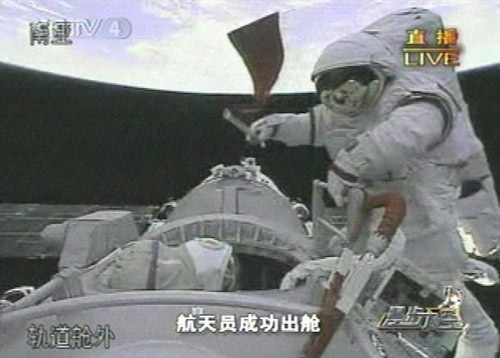
NASA, Russia and their space station partners are not the only countries launching humans off the planet. China has launched two manned spaceflight aboard its Shenzhou spacecraft since 2003, with plans set for a three-person flight, spacewalks, future orbital laboratories and even unmanned and crewed moon mission in the coming decades. Here is an image of China's first spacewalk.
Lunar Outpost
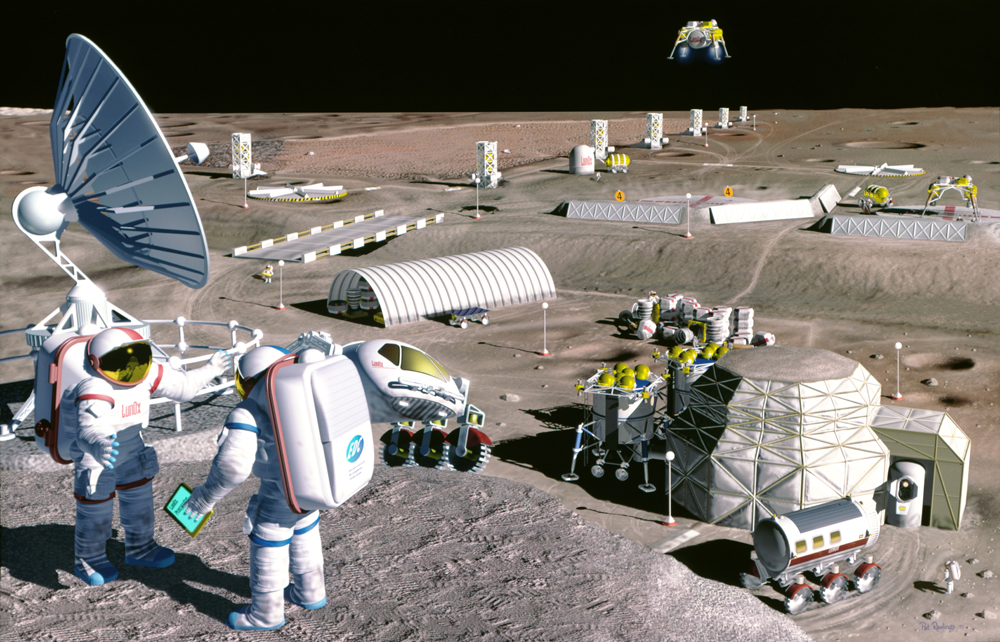
Unlike NASA's Apollo missions of the 1960s and 1970s, the next lunar missions are aimed at establishing a permanent human presence on the moon. To do that, multiple missions and a growing base camp will serve as humanity's foothold for continuous lunar exploration.
Join our Space Forums to keep talking space on the latest missions, night sky and more! And if you have a news tip, correction or comment, let us know at: community@space.com.

Space.com is the premier source of space exploration, innovation and astronomy news, chronicling (and celebrating) humanity's ongoing expansion across the final frontier. Originally founded in 1999, Space.com is, and always has been, the passion of writers and editors who are space fans and also trained journalists. Our current news team consists of Editor-in-Chief Tariq Malik; Editor Hanneke Weitering, Senior Space Writer Mike Wall; Senior Writer Meghan Bartels; Senior Writer Chelsea Gohd, Senior Writer Tereza Pultarova and Staff Writer Alexander Cox, focusing on e-commerce. Senior Producer Steve Spaleta oversees our space videos, with Diana Whitcroft as our Social Media Editor.









